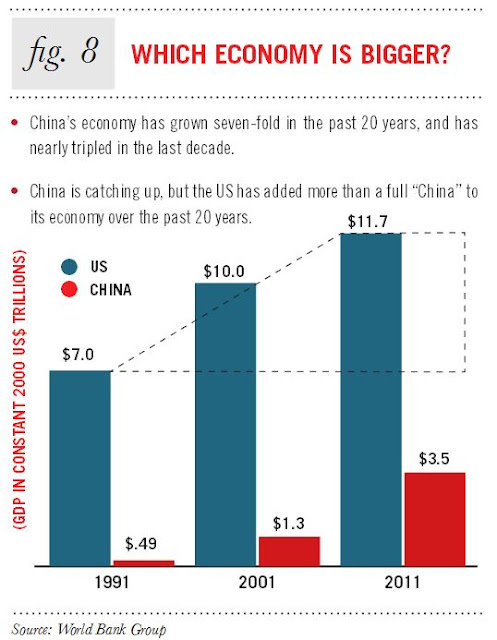This from The Economist fairly much speaks for itself ...
Too many companies are legally avoiding paying tax, with Apple and Google serious offenders. This is despite the US having one of the highest nominal rate of corporate taxation.
According to one analyst (using OECD data):
As Stephen Rattner argues:
Too many companies are legally avoiding paying tax, with Apple and Google serious offenders. This is despite the US having one of the highest nominal rate of corporate taxation.
According to one analyst (using OECD data):
In 2011, national statutory corporate tax rates among the thirty-four members of the OECD will range from 8.5 percent in Switzerland to 35 percent in the United States. When sub-national taxes are added, the United States has the second-highest statutory combined corporate tax rate – 39.2 percent – after Japan’s rate of 39.5 percent.
Despite having the highest national statutory rate, the United States raises less revenue from its corporate tax than do the other members of the OECD on average. In fact, federal corporate income taxes raise little revenue compared with other federal taxes; roughly comprising 11.6% of total federal tax revenues.
Corporations, like individuals, can and do use tax breaks to lower their tax burdens and, as a result, the effective tax rate is lower than the top rate.Despite this she then goes on to argue that because of world-wide taxation of US companies, US corporate taxes are punishing. Astonishing that analysts can seemingly maintain their opinions in the face of facts!
As Stephen Rattner argues:
As muddled and broken as the individual income tax system may be, the rules under which the government collects corporate levies are far more loophole-ridden and counterproductive.
That’s not entirely Washington’s fault. Unlike individuals, multinational corporations can shuttle profits — and sometimes even their headquarters — around the globe in search of the jurisdiction willing to cut them the best deal on taxes (and often other economic incentives).
Much of this occurs under the guise of “transfer pricing,” the terms under which one subsidiary of a multinational sells products to another subsidiary. The goal is to generate as high a share of profit as possible in the lowest-taxed jurisdictions.
A study by the Congressional Research Service found that subsidiaries of United States corporations operating in the top five tax havens (the Netherlands, Ireland, Bermuda, Switzerland and Luxembourg) generated 43 percent of their foreign profits in those countries in 2008, but had only 4 percent of their foreign employees and 7 percent of their foreign investment located there.
As a consequence, the effective corporate tax rate in the United States fell to 17.8 percent in 2012 from 42.5 percent in 1960, according to the Federal Reserve Bank of St. Louis. ...
Happily, the gaming of the tax system is becoming a global concern, with an action plan coming from the Organization for Economic Cooperation and Development in July. The O.E.C.D. should work toward taxing business profits where they actually occur, not where they’ve been shifted by some tax adviser.













 As The Heritage Foundation
As The Heritage Foundation 






